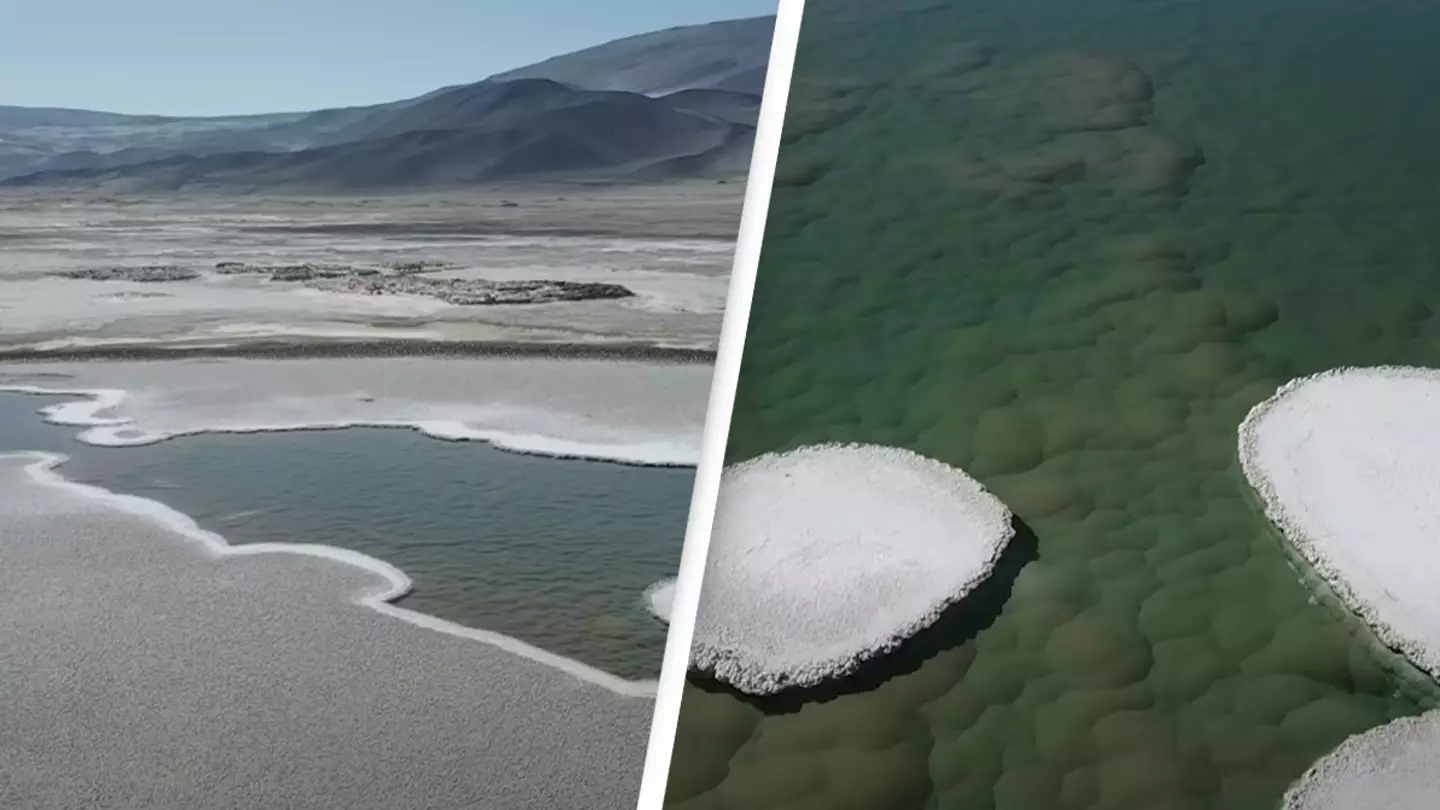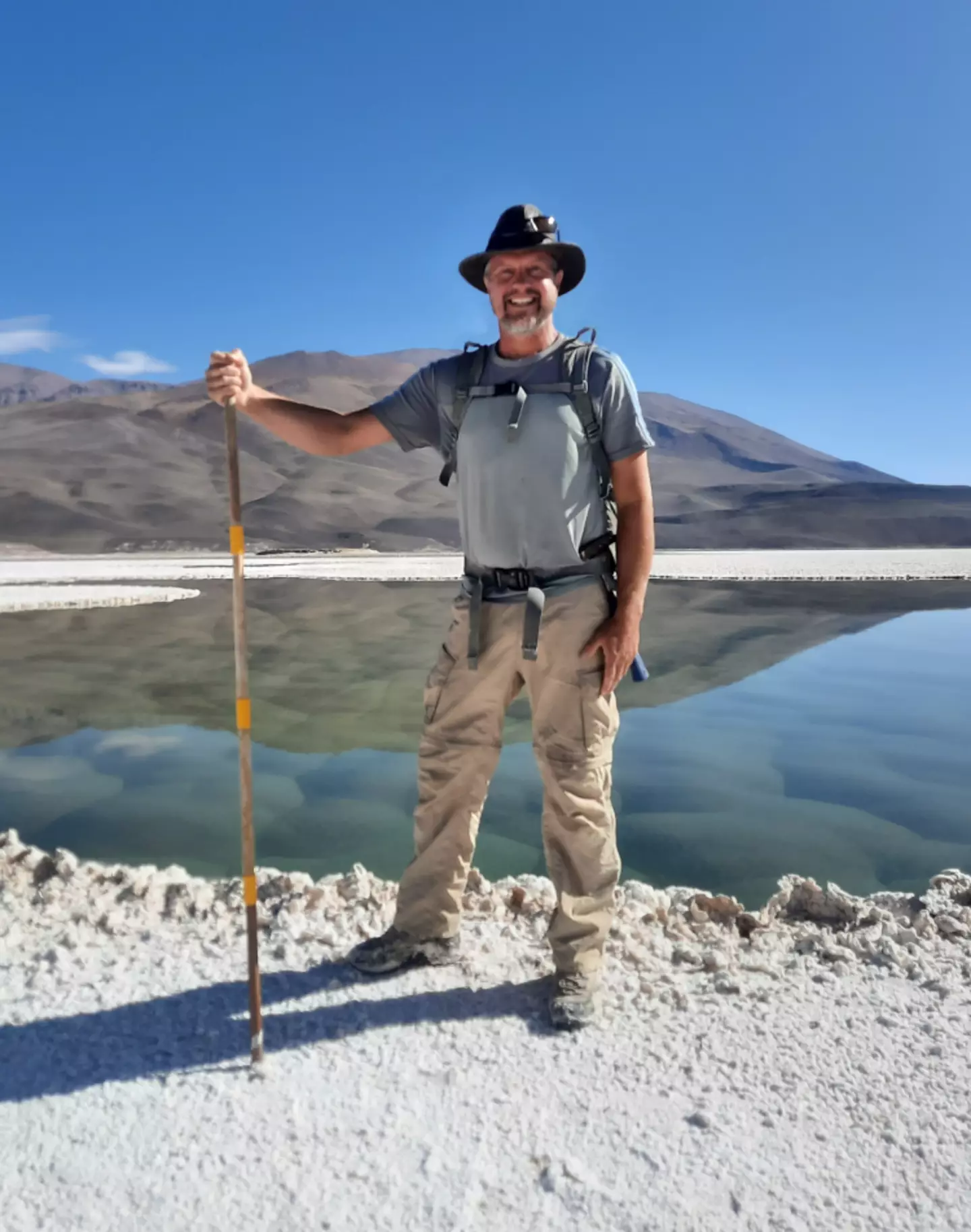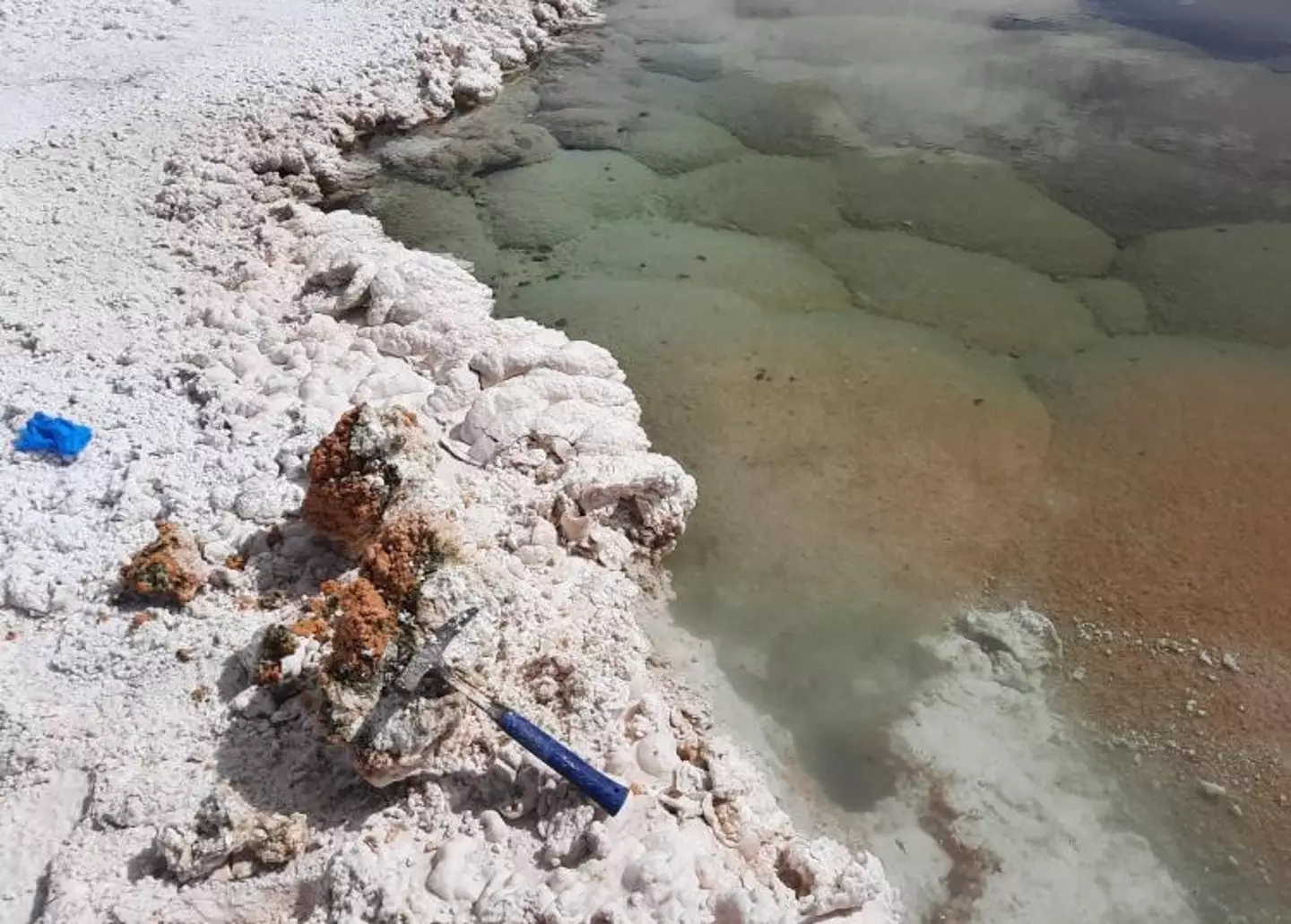
Scientists have been sent into a frenzy after a lagoon discovered could provide them with countless information about Earth billions of years ago.
Scientists use all manner of methods to get a better understanding of our planet. Looking back at how Earth used to be is always important so we can know how the planet has changed and how it could change.
A recent discovery may be able to help with understanding our planet's history greatly. You can take a look at this remote portal into the distant past below:
Researchers in Puna de Atacama, Argentina, have found a lagoon that could offer up a window into the earliest stages of life on earth, 3.5 billion years ago.
University of Colorado Boulder geologist Brian Hynek found the lagoon filled with green mounds of stromatolites.
Advert
“Stromatolites are bizarre fossils whose biological origins were debated until only a few decades ago. Today, scientists generally agree that stromatolites are layered colonial structures predominately formed by cyanobacteria,” according to the definition provided by the National Park Service.
“This lagoon could be one of the best modern examples of the earliest signs of life on Earth,” Hynek said of the discovery.

“It’s unlike anything I’ve ever seen or, really, like anything any scientist has ever seen.
Advert
"It’s just amazing that you can still find undocumented things like that on our planet."
As for why it's never been studied before, the lagoons are way off the beaten track, with Hynek travelling for hours down dirt roads and hiking in scorching temperatures to get there.
By analyzing the cyanobacteria, researchers can understand what the atmosphere was like on Earth billions of years ago as well as other details.
In a statement, he also explained the differences in modern stromatolites and ancient ones, as well as noting that those that he discovered more closely resemble those of yesteryear.
Advert

“The mounds in the Atacama lagoons looked a lot more like some of those Archaean communities than anything alive on Earth today.
“Their rocky layers were constructed mostly from gypsum, a common mineral in many stromatolite fossils but absent in almost all modern examples of stromatolites.
"Biologically, they were made up of an outer layer of photosynthetic microbes called cyanobacteria and a pinkish core rich in archaea—single-celled organisms often found in extreme environments on Earth.”
Advert
Hynek also explained how this discovery can allow scientists to get a better understanding of how life could develop on mars.
“If life ever evolved on Mars to the level of fossils, it would have been like this,” he said.
“Understanding these modern communities on Earth could inform us about what we should look for as we search for similar features in the Martian rocks.”
Topics: Science